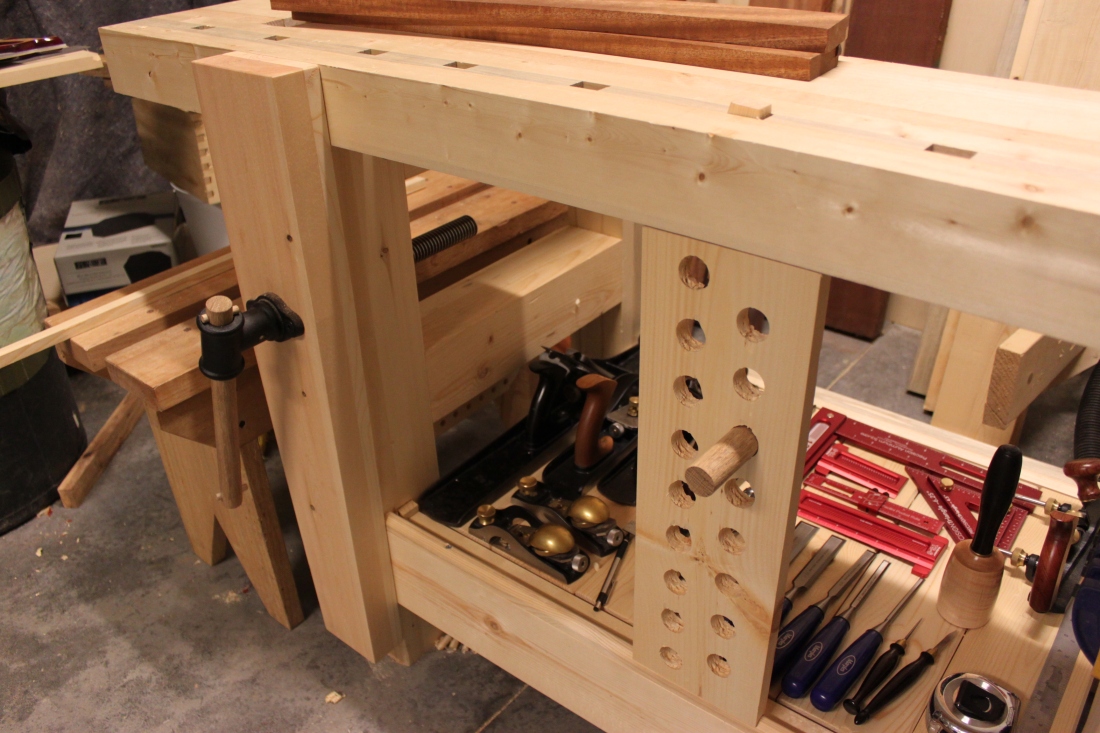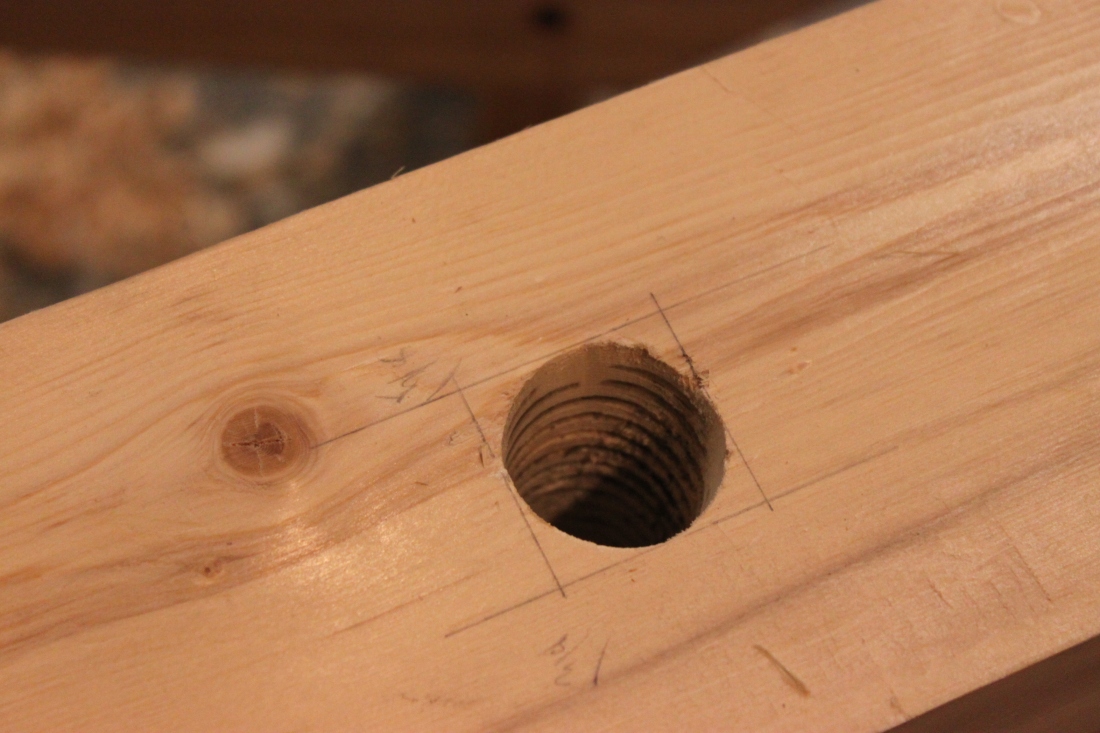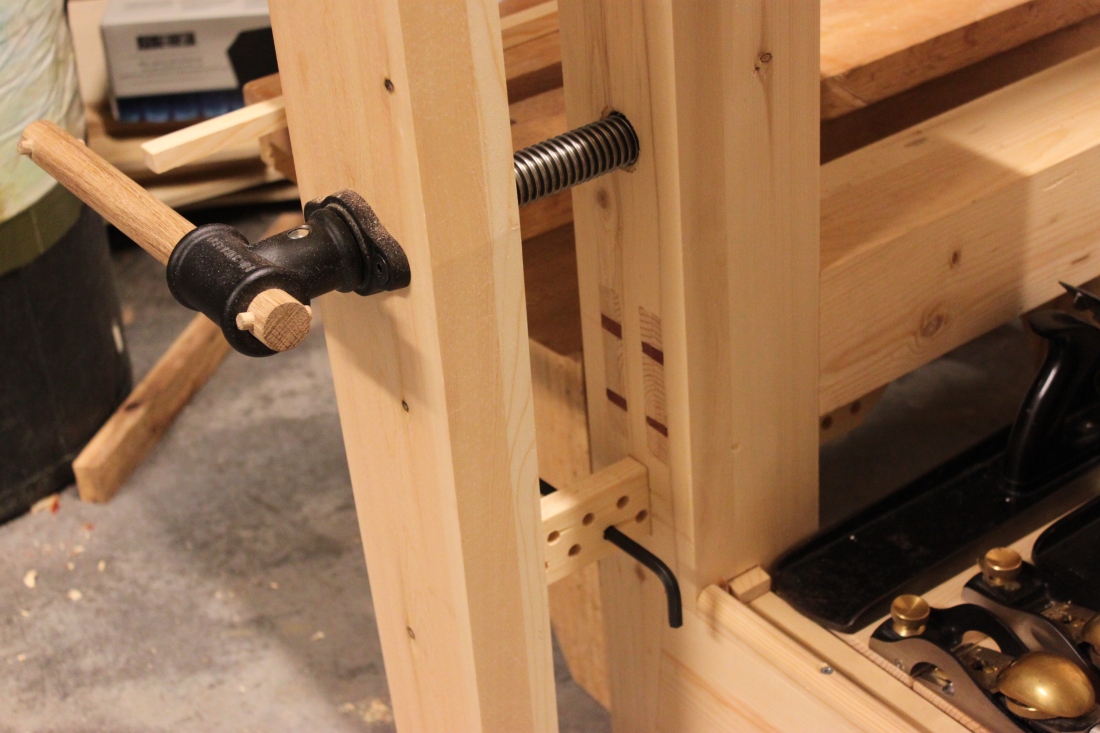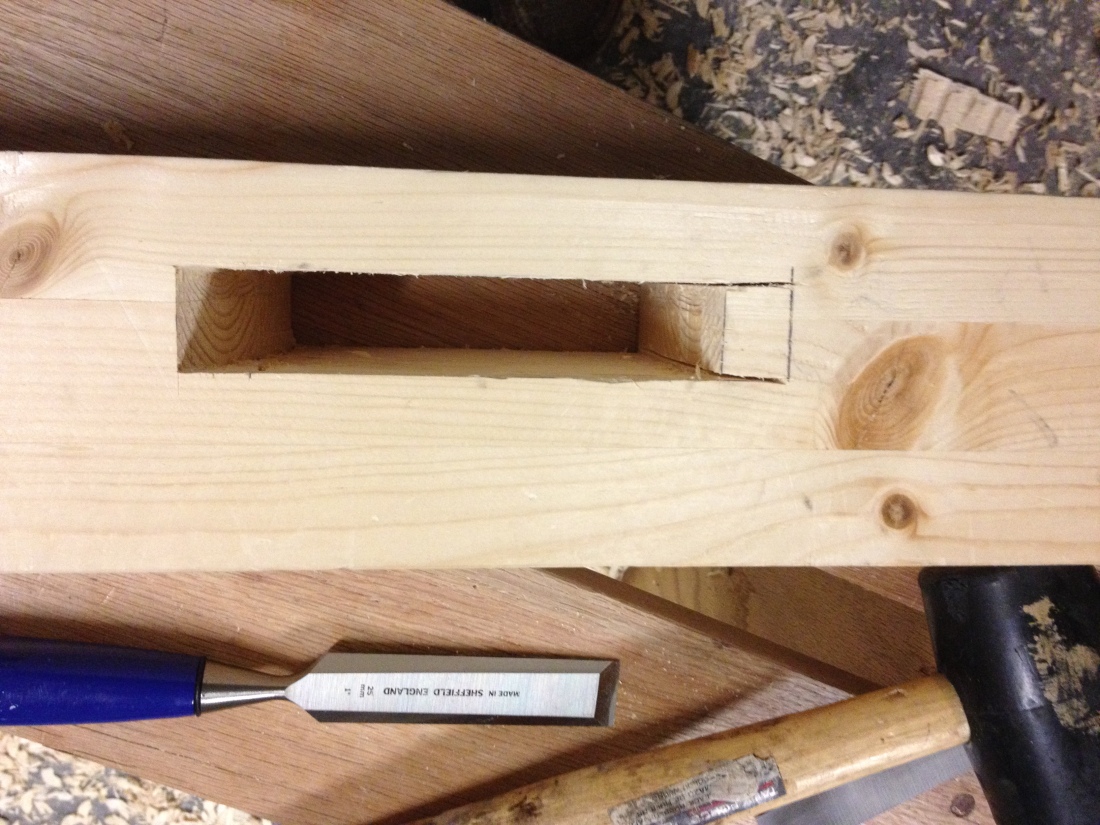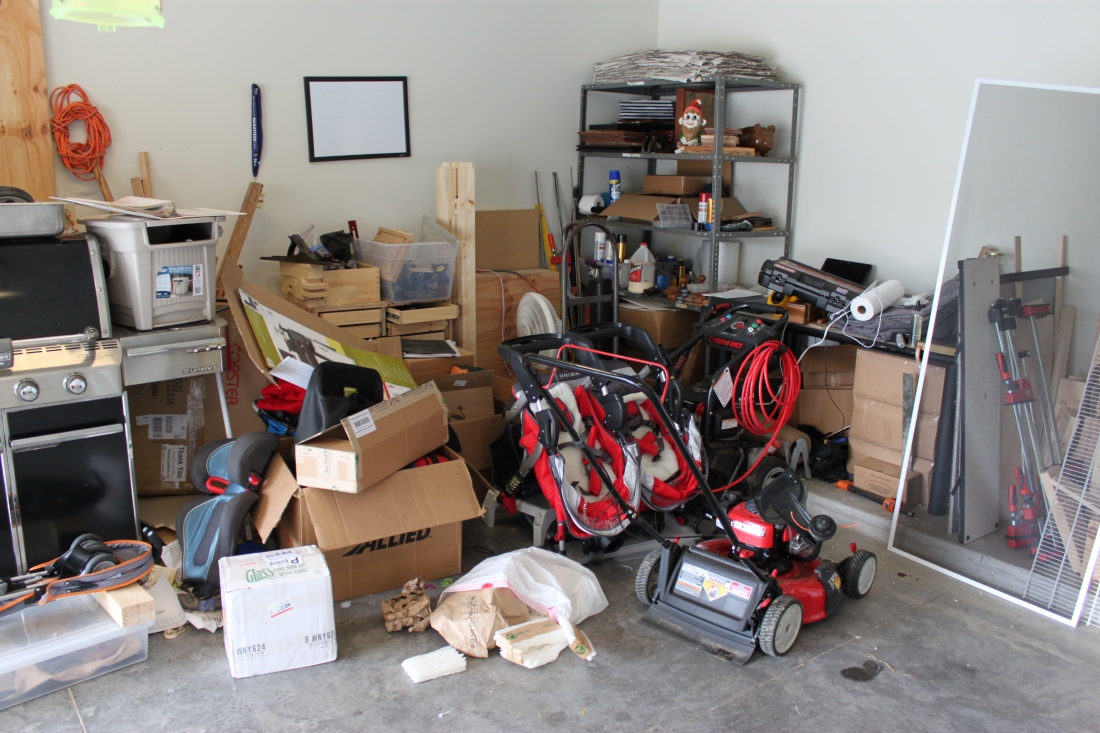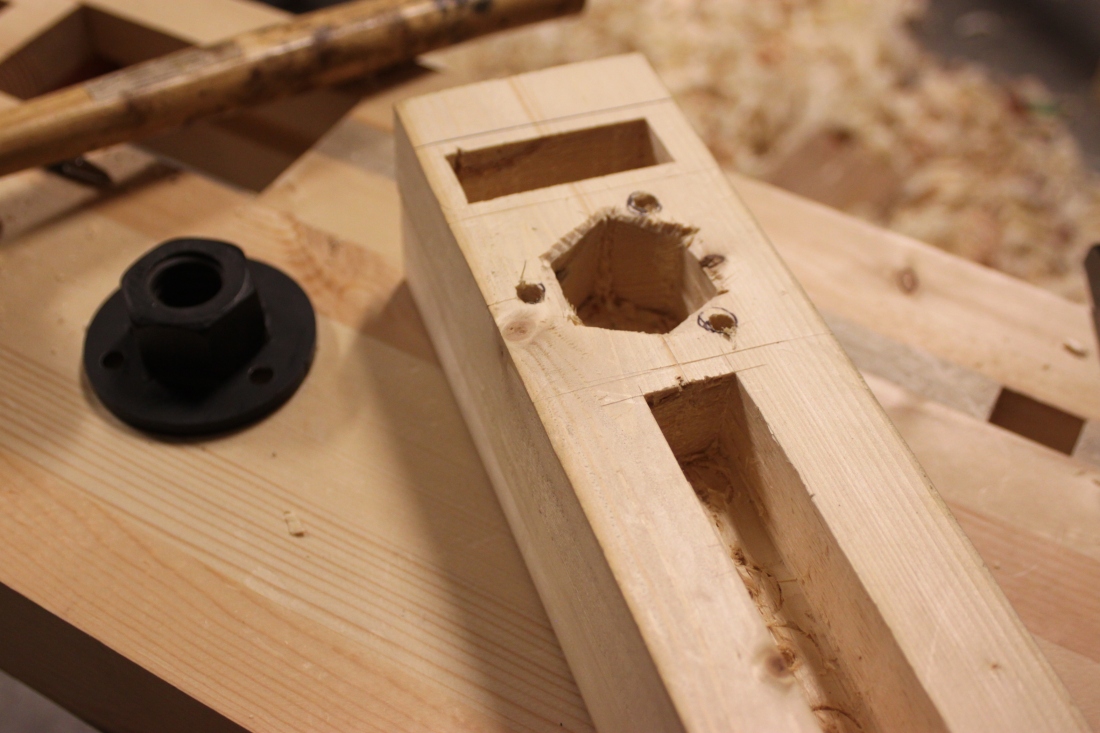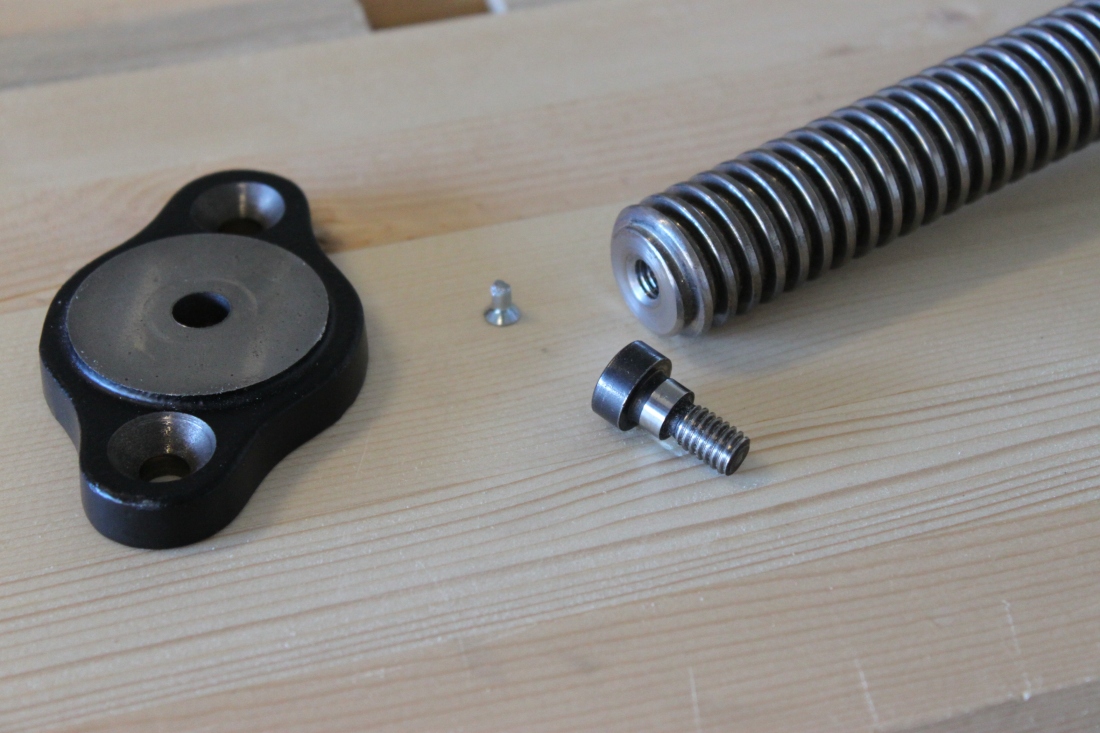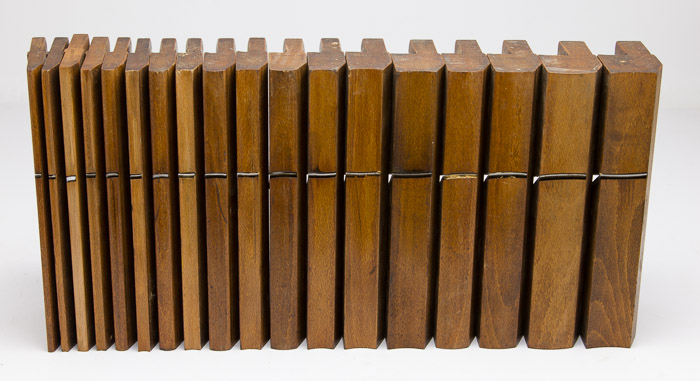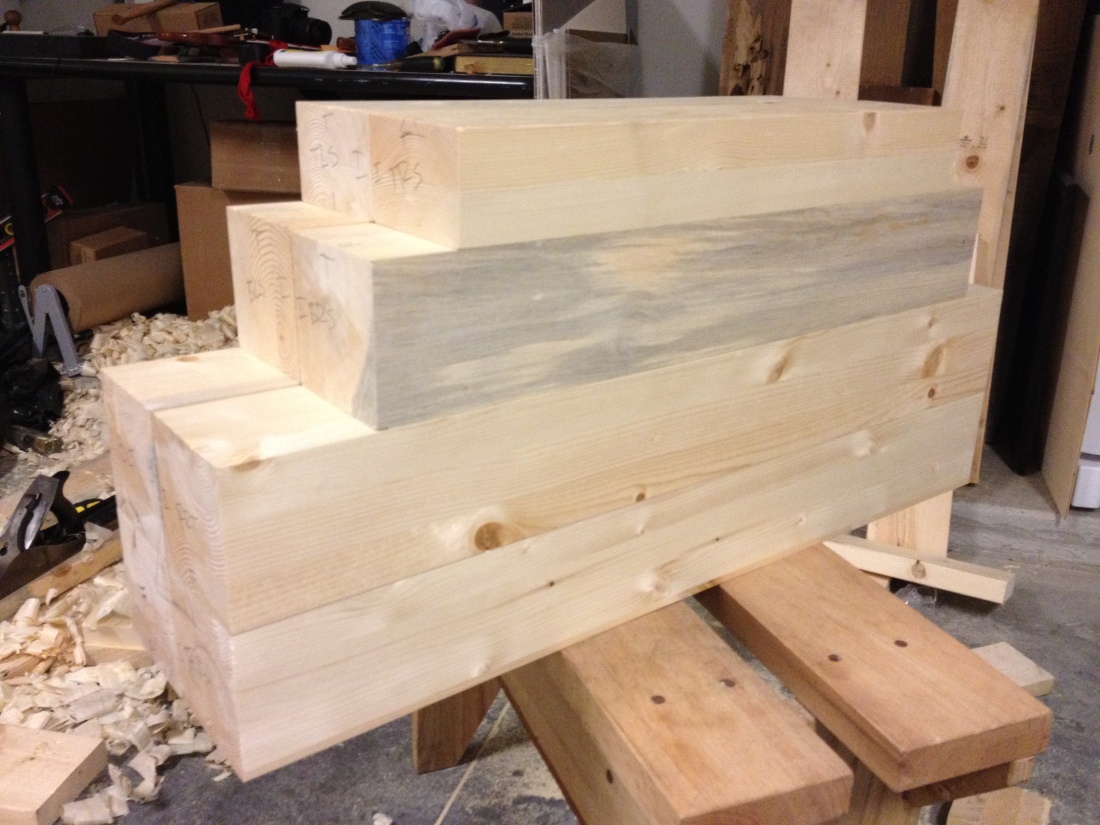When I first thought about building my bench, I didn’t intend on buying any vise hardware. My original plan was to just use a bar clamp on the leg vise and a spreader for the wagon vise. Well if I’m putting so much time and effort to build this bench by hand then why not spend the extra money for presentable hardware?
A couple of weeks ago I went ahead and ordered both the large single screw vise and scandinavian vise screw from Lie-Nielsen. Now if I were building the bench larger and of higher quality materials then of course consider I would consider something like Benchcrafted but since it’s just some construction grade pine, the Lie-Nielsen will do just fine. There was only one major issue…

Since the vise hardware was an after thought, things didn’t quite fit with my current wagon vise set up. The installation would have been impossible without another modification. The other piece of mounting hardware was also an issue but more of being able to drill out the holes for the screws.

There was no room to get anything in there so I was left with one option…
 After I cut out the spacer I brought the wagon vise forward and clamped it so I could drill out the holes for the screw holes.
After I cut out the spacer I brought the wagon vise forward and clamped it so I could drill out the holes for the screw holes.
 Actually mounting this piece concerned me also due to the fact that since it was going into the block with the dog hole already cut. No matter how I angled it, the left side looked like it was going to pass through. I opted for the top left since it would give me a little more room because the top is angled more forward. The screw just barley broke through but not enough to matter.
Actually mounting this piece concerned me also due to the fact that since it was going into the block with the dog hole already cut. No matter how I angled it, the left side looked like it was going to pass through. I opted for the top left since it would give me a little more room because the top is angled more forward. The screw just barley broke through but not enough to matter.
 Next was getting everything square and ready for the tenons.
Next was getting everything square and ready for the tenons.
 I know how I wanted the mortise and tenons to fit but not exactly how to reinforce (I’ll get to that in a minute) so I began the layout. First I knocked out the single tenon with a combination of my sash saw and a flush cut saw. I needed a smaller saw that could get in between the top. After that was done, I started on the shoulders of the larger tenon. When I started to cut the cheeks I had to stop because I kept going at an angle. I didn’t want to stand the bench on end and cut so I tried sideways and that didn’t work. So I began chopping it all away.
I know how I wanted the mortise and tenons to fit but not exactly how to reinforce (I’ll get to that in a minute) so I began the layout. First I knocked out the single tenon with a combination of my sash saw and a flush cut saw. I needed a smaller saw that could get in between the top. After that was done, I started on the shoulders of the larger tenon. When I started to cut the cheeks I had to stop because I kept going at an angle. I didn’t want to stand the bench on end and cut so I tried sideways and that didn’t work. So I began chopping it all away.
 I went all the way down to about 1/16″-1/8″
I went all the way down to about 1/16″-1/8″
 and then crept up on my line with a block rabbet plane.
and then crept up on my line with a block rabbet plane.
 I flipped it over and when all was said and done, here she is.
I flipped it over and when all was said and done, here she is.
 Now here are my issues with reinforcement. First, I don’t want to use any metal fasteners. I’ve seen many benches with lag bolts on the end cap and I just don’t want to do that. Unless absolutely necessary, lag bolts are a last resort.
Now here are my issues with reinforcement. First, I don’t want to use any metal fasteners. I’ve seen many benches with lag bolts on the end cap and I just don’t want to do that. Unless absolutely necessary, lag bolts are a last resort.
Next, my tenons are 1″ long. Does that offer enough space to insert 3/8″ dowels? If they were centered on the tenon, there would be 5/16″ on each side of the dowel. That just doesn’t seem like enough of the tenon for proper reinforcement. I’m not planning to clamp boards with enough force to bow them so maybe it would be enough?
Lastly is the design aspect. I went with a shorter shoulder on the side more near the wagon vise because I wanted to get a dowel in as close to the wagon vise as possible for better strength. Probably doesn’t matter but I went with it anyway. Here’s what I’m thinking…
 As for dealing with expansion, I plan to glue the mortise and dowels on the left side of the vise for a solid foundation. Now I’m think that gluing just the dowel on the right would be okay and then opening up the dowel holes laterally for the last two would allow for any movement.
As for dealing with expansion, I plan to glue the mortise and dowels on the left side of the vise for a solid foundation. Now I’m think that gluing just the dowel on the right would be okay and then opening up the dowel holes laterally for the last two would allow for any movement.
 The total width of the end cap is about 11″ and I know there are formulas to figure expansion and contraction but I think it’ll be fine. Anyone disagree?
The total width of the end cap is about 11″ and I know there are formulas to figure expansion and contraction but I think it’ll be fine. Anyone disagree?
On a personal note. On Wed I’ll be leaving to AZ for 9 weeks for some training. My goal is to at least have the end cap and wagon vise installed as well as the left side of the bench fully assembled. Wish me luck!
 I did get the mortises in the top but let me just say it was about 2230 (1030 pm for you non military types) when I did them… That being said, I may not have measured things with my full attention. I cut my mortises at 10-3/4″ from the right side instead of 11-3/4″ so things are a little off.
I did get the mortises in the top but let me just say it was about 2230 (1030 pm for you non military types) when I did them… That being said, I may not have measured things with my full attention. I cut my mortises at 10-3/4″ from the right side instead of 11-3/4″ so things are a little off. I have no intentions on fixing it either. I thought about adding a chisel holder there but we’ll see. Although she looks done, there is still quite a bit left to do. The left side still needs to be trimmed flush with the front, gotta make the planing stop, I have to build the center piece, secure the top to the legs, flatten the top and finally add an oil/varnish finish. I may actually meet my end of 2012 deadline!
I have no intentions on fixing it either. I thought about adding a chisel holder there but we’ll see. Although she looks done, there is still quite a bit left to do. The left side still needs to be trimmed flush with the front, gotta make the planing stop, I have to build the center piece, secure the top to the legs, flatten the top and finally add an oil/varnish finish. I may actually meet my end of 2012 deadline!